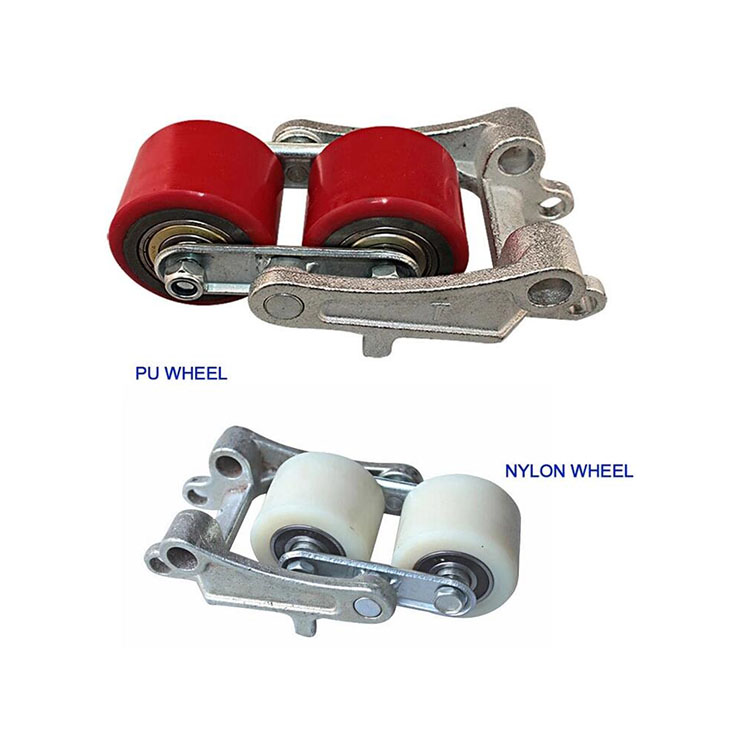


Understanding Fall Arrest Systems Ensuring Safety in the Workplace
Falls are among the leading causes of workplace injuries and fatalities, especially in industries such as construction, manufacturing, and maintenance. As such, fall protection has become a critical component of occupational safety. At the heart of fall protection strategies is the concept of fall arrest systems, designed to prevent workers from falling to lower levels and to minimize the injuries sustained when falls occur.
What is Fall Arrest?
Fall arrest refers to a system designed to safely stop a falling worker before they reach the ground. This system not only prevents severe injuries and fatalities but also mitigates the risk associated with working at heights. Fall arrest systems operate through a combination of personal protective equipment (PPE) and safety protocols, which together create an effective safety net for workers.
Components of Fall Arrest Systems
A typical fall arrest system consists of several critical components
1. Anchor Points These are secure points of attachment to which the fall arrest system is connected. Anchor points must be able to withstand the forces exerted during a fall and are often installed in structures like beams, concrete walls, or custom-installed brackets.
2. Full-Body Harness This is worn by the worker and is designed to distribute the force of a fall over the body’s surfaces, minimizing injury. The harness should fit properly and be adjusted according to the individual wearing it.
3. Connecting Devices These include lanyards, deceleration devices, and self-retracting lifelines that connect the harness to the anchor point. They are engineered to absorb the energy released during a fall and limit the force exerted on the worker.

4. Deceleration Devices These systems slow down and prevent a worker from falling too far. This can include shock absorbers built into lanyards or other specialized devices that limit the distance and speed of descent in an emergency.
5. Work Positioning Systems These tools allow a worker to be supported at a height while performing tasks, ensuring that they are both secure and able to work comfortably.
Importance of Training and Maintenance
While having a fall arrest system in place is crucial, its effectiveness hinges on proper training and maintenance. Workers must be educated on the correct use of fall arrest equipment, understanding how to inspect gear before use and recognizing potential hazards in their work environment. Regular training sessions can help workers remain vigilant about safety protocols and familiarize them with equipment functions.
Additionally, routine maintenance and inspection of all fall arrest devices are paramount to ensure reliability. Any signs of wear, damage, or malfunction must be addressed immediately to uphold safety standards. Implementing a system for regular inspections, in accordance with industry regulations, can further enhance workplace safety.
Regulatory Compliance
Regulatory bodies such as the Occupational Safety and Health Administration (OSHA) in the United States have established guidelines and standards for fall protection in various industries. Employers are responsible for ensuring their fall protection systems comply with these regulations, providing appropriate training, and maintaining equipment. Non-compliance can lead to severe legal implications, including fines and increased liability during accidents.
Conclusion
In conclusion, fall arrest systems are an essential element of workplace safety for those working at heights. By understanding their components and implementing proper training and maintenance, employers can safeguard their employees against the dangers of falls. Investing in fall protection not only ensures compliance with regulations but also cultivates a culture of safety that can enhance productivity. Safety should always come first, and with effective fall arrest systems, the risks associated with working at heights can be significantly reduced. As industries evolve and challenges persist, commitment to worker safety remains an ever-important priority in the modern workplace.



